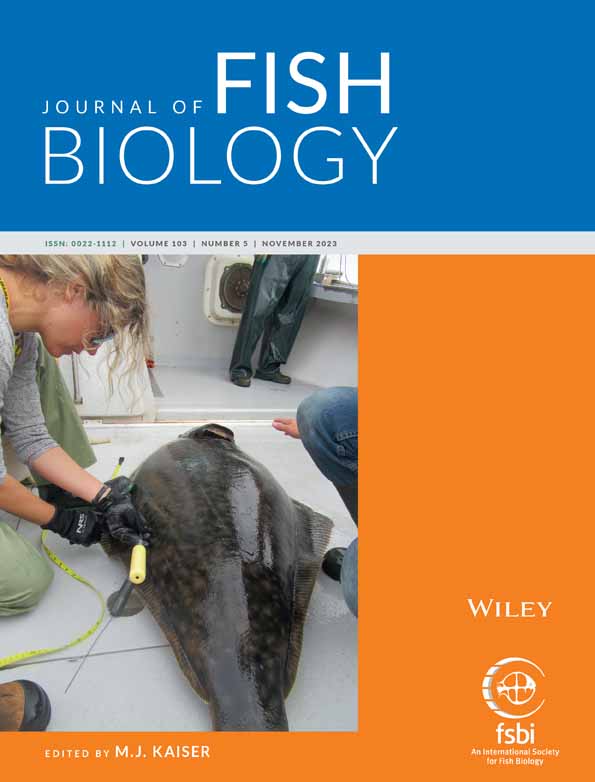On a new colorful species of Moenkhausia (Characiformes: Characidae) from the upper rio Madeira basin at the Chapada dos Parecis, Brazil, with comments on its conservation and putative biogeographic history
urn:lsid:zoobank.org:act:11A371DB-5447-4B23-9E5E-FDC8021A875B; lsid:zoobank.org:pub:BCB203F3-C578-4D44-A2FC-A71684C31630.
Abstract
A new species, Moenkhausia iris, is described from the upper rio Madeira basin, Mato Grosso State, Brazil. The new species is unique among congeners by its color in life, which is the dorsal half of body blue or green and ventral half red, more intense above the anal fin. Additionally, it can be distinguished by having a single, vertically elongated humeral spot, a lateral surface of body, caudal peduncle, and anal fin without distinct blotches or oblique marks and 18–19 branched anal-fin rays. The new species is endemic from a small tributary of the Rio Guaporé, rio Madeira drainage at Chapada dos Parecis. Its putatively close relatives are endemic to the upper rio Juruena located at the same shield. Both headwaters are very close to each other, sharing other restricted range species, and their hydrogeological topography indicates the upper rio Juruena stretch was captured by the rio Guaporé through a headwater capture event. Moenkhausia iris is much appreciated in the international aquarium trade, as well as many other tetras endemic from the same area. Exportation is based on the capture of wild individuals so sustainable exploitation is necessary for its conservation.




